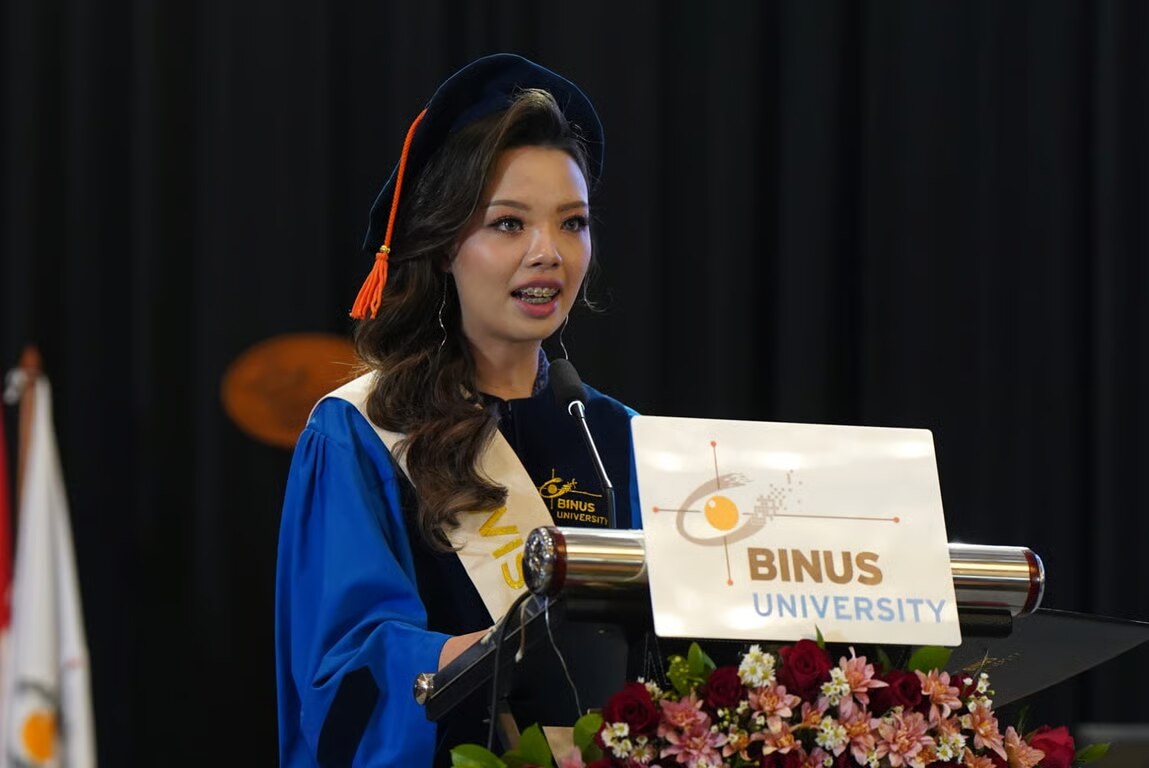This is the third installment of the State of the Media and Information Literacy in the Philippines series. This article uncovers the socio-economic, cultural, and technological barriers hindering Media and Information Literacy (MIL) in the country, and explores effective solutions to promote digital literacy and critical thinking.
The previous article tackled how Media and Information Literacy (MIL) education faces an uphill battle on how to make it accessible to several students regardless of their geographic location and their socio-economic status in the Philippines.These obstacles are due to several barriers such as socio-economic and cultural factors. They limit the widespread adoption and effectiveness of MIL education.
These issues have to be addressed to ensure that the critical thinking and responsible media consumption of Filipino students are upskilled. It is MIL education that builds a well-informed and empowered citizenry.
Socio-Economic Barriers
Poverty
This is probably one of the most significant obstacles to MIL access in the Philippines. Since a larger portion of the population lives below the poverty line, many families cannot afford essential digital devices or internet connectivity. As a result, students from low-income families are at a disadvantage that they are unable to practice and develop MIL skills, which are increasingly necessary in today’s digital world.
Resource Scarcity in Schools
Underfunded public schools often face severe resource limitations. They lack the educational materials that are necessary to aid their education. Sadly, this negatively impacts inaccessibility to MIL-related materials because they are deemed secondary important compared to classrooms, chalks, and the like. Without the said materials, it is difficult to build MIL skills for children because it takes practice to hone these skill sets.
Teacher Training and Professional Development
The effectiveness of MIL education heavily relies on the preparedness of teachers. Unfortunately, many educators in the Philippines report feeling inadequately prepared to teach MIL. This is largely due to insufficient training and limited access to professional development opportunities that focus on MIL. Without proper training, teachers may lack the confidence and skills needed to effectively deliver MIL content, resulting in a diminished educational experience for students.
Solutions to these problems
First, the government must ensure that economic mobility is improved so that they can afford the said digital resources. Then, the government should allocate better funding for these projects. Get private sector donations to fill in the gap when necessary such as tax breaks on information technology and the like. Lastly, set some priorities for the development of MIL access. It may seem MIL-related materials are deemed unnecessary compared to STEM subjects but the fast-changing world is now relying on more recent information and these materials could bridge that gap.
Cultural Barriers
Cultural Differences and Traditional Beliefs
Cultural attitudes towards media consumption and information dissemination can significantly impact MIL. Different cultures have different ways to absorb information. Sometimes, this information does not adhere to the philosophies of these cultures. Even if others argue that this is the price of critical thinking, it is hard to change minds in a snap especially if these are the cultural norms they grew up with.
Language Barriers
The Philippines is a multilingual nation; hence, there are several spoken languages that they are accustomed to or more proficient with. Usually, the medium of communication among these MIL-related contents is in English. So, usually, there may be some miscommunication along the communication process. However, with the advancement of technology, this became less of a problem due to the translation abilities of such technology.
The solution to these problems
The initiatives of awareness campaigns and more people becoming vocal about presenting a different point of view. Yes, there may be some clashes of thoughts but that is the payment to make all people open to different points of view which are essential to MIL.
Technological Obstacles
Due to the lack of technological infrastructure and affordability, technological obstacles persist. First, the stark digital divide remains a significant challenge because poverty prevents households from buying the necessary gadgets that canteach them MIL skills.
Even if they could buy or avail such technology, internet connection is slow, expensive and unreliable, especially to rural and remote areas.
Overcoming the Technological Barriers
A multi-faceted approach is necessary to overcome these challenges. The following include:
· Policy interventions can ensure equitable access to digital resources and training for both students and teachers.
· Infrastructure development is crucial to bridge the digital divide and provide reliable internet access.
· Community engagement programs can address cultural and socio-economic barriers, while enhanced teacher training can equip educators with the necessary skills and resources to effectively teach MIL.
Conclusion
The barriers to MIL proficiency stem from different kinds of barriers such as socio-economic barriers, cultural barriers, and technological barriers. Each barrier has its own solutions and it is up to the government and community-based initiatives to implement those recommendations above in order to improve MIL access and its proficiency.
This press release has also been published on VRITIMES






